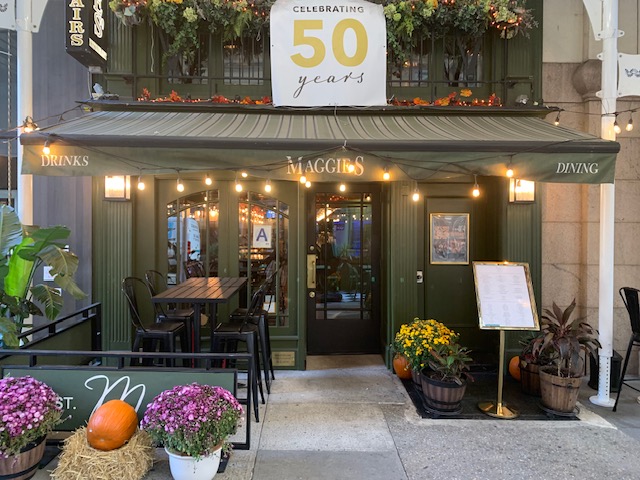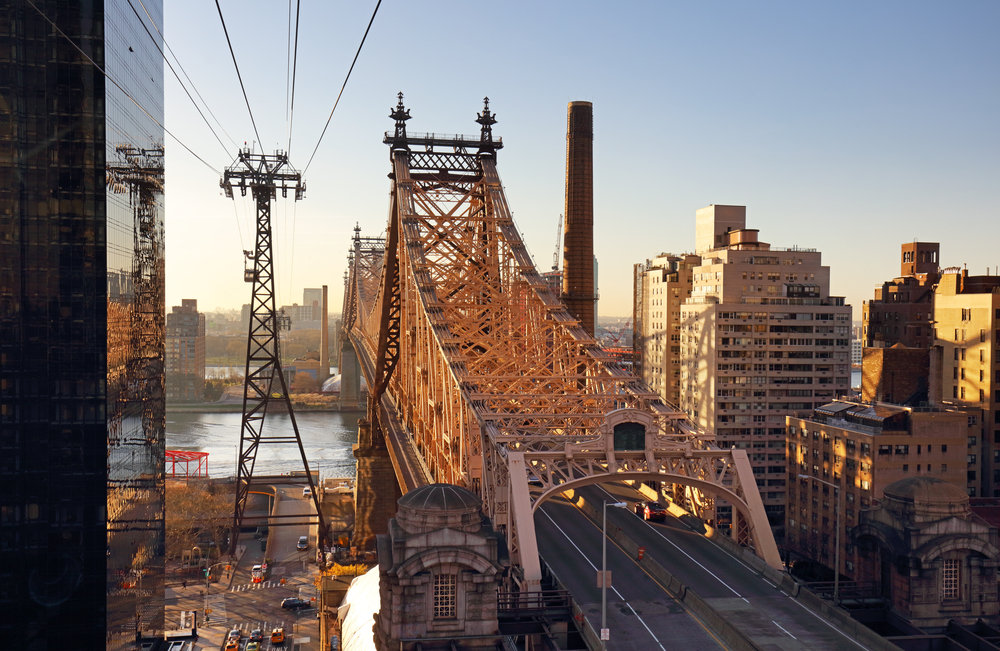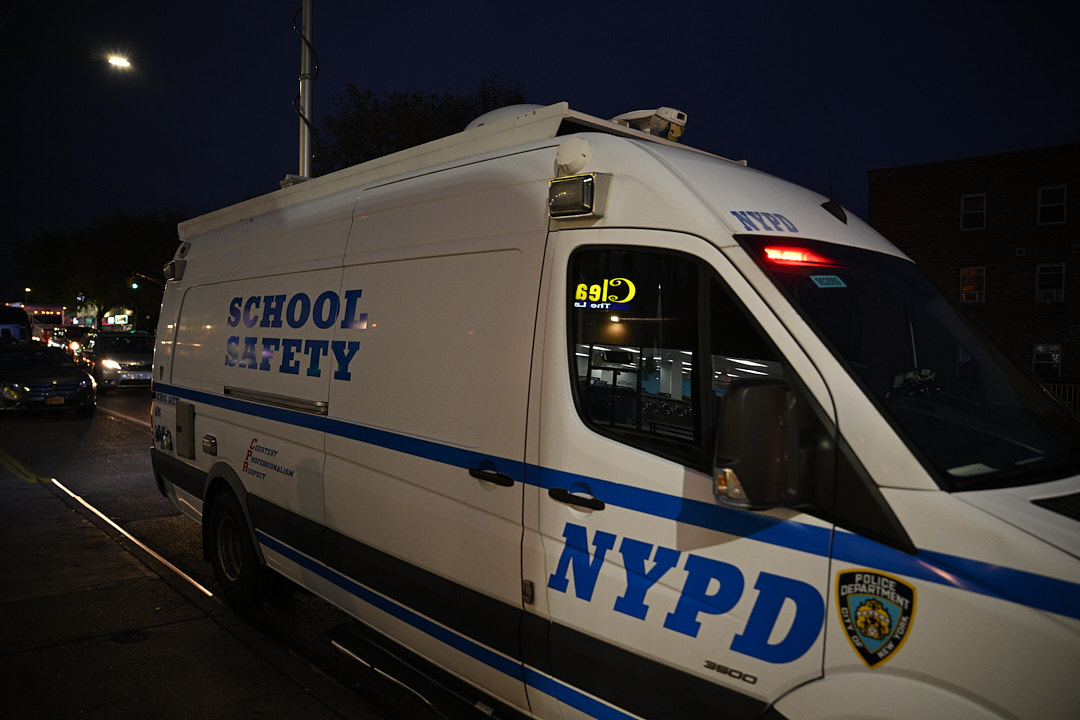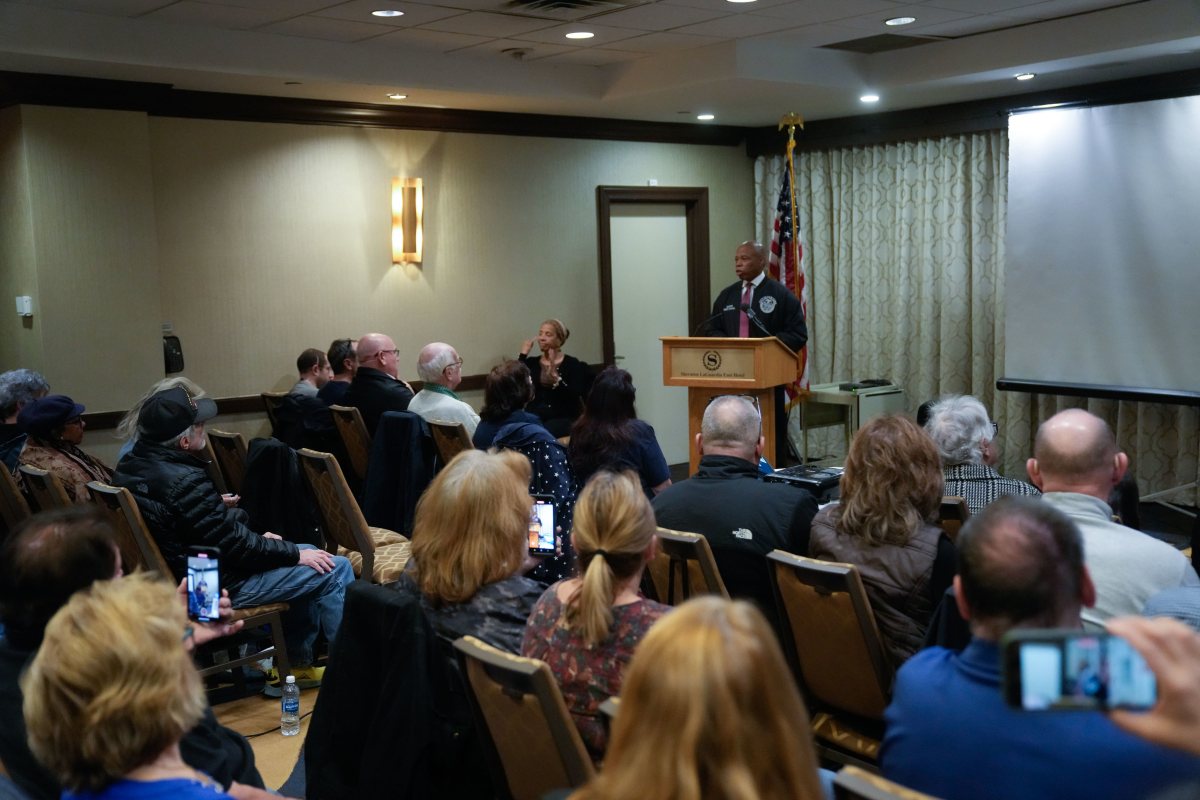By Jim Cavanaugh
As the end of 2008 draws near, the Hugh L. Carey Battery Park City Authority is once again pleased to provide the Downtown community a glimpse of the projects nearing completion, and what lies ahead in the future. Despite the economic crisis that affects us all, under the leadership of Governor Paterson, the B.P.C.A. will focus on preserving the quality of life in Battery Park City and moving ahead with the essential projects that will help ensure it.
Last year, I reported to you that the Battery Park City Authority was close to completing its master plan; that projects were planned for each of our slated sites, and our 92-acre community was on the verge of being built out. That’s still the case, with one addition — Pier A.
The Battery Park City Authority has entered into a lease agreement with the New York City Economic Development Corporation to rehabilitate and develop Pier A which sits at the southern tip of our property and has sat dormant and in disrepair for too long. We are eager to restore this landmarked building and make it part of Lower Manhattan’s renewal. We’ve already repaired the sub-structure and in the spring plan to replace the aging deck.
The façade will be restored to its original grandeur with existing walkways blending seamlessly to the surrounding neighborhood. Though not fully completed, our plans for Pier A’s outdoor plaza will allow the public to walk easily between Pier A and the surrounding parks and gardens. We hope that the open space with its visually appealing landscaping, plantings, decorative pavers, and recreational seating will facilitate pedestrian and bicycle traffic, and put an end to the congested muddle that exists there now.
We are also searching for tenants to fill the space. Many entities, including cultural institutions, caterers, and not-for-profits, have shown interest in the pier. Our goal is to find a tenant that enhances Lower Manhattan, generates revenue, and improves public access to the water.
Several projects reached completion, or nearly so, in 2008.
The Riverhouse, across from the Irish Hunger Memorial, is completed and continues to welcome new tenants. On the ground floor of the Riverhouse, the Action Center to End World Hunger, operated by Mercy Corps, has opened and its proximity to the Irish Hunger Memorial is an emotionally powerful juxtaposition for visitors.
In 2009 a branch of the New York Public Library, and the Poet’s House will begin operations at the Riverhouse. Taken together, the Poet’s House, which has one of the nation’s largest poetry collections, the library and Mercy Corps, will provide for an extraordinary educational experience, and is in keeping with our commitment to foster a home for cultural and not for profit organizations.
In the fall of 2010, it is expected that New York City’s first green public school will welcome students on Site 2B. This state-of-the-art elementary and middle school will be a welcome addition to a community where overcrowding has been a chronic problem.
Milstein Properties is in the midst of constructing its two green residential towers at Sites 23 and 24, and are tentatively slated to complete the building in late 2010 This project will feature a 55,000-square-foot community center on its lower floors. This community center will be open to all New Yorkers and its auditorium, meeting space, gym and pool will fulfill what is a real need for a place where residents of Lower Manhattan can assemble.
Our ball fields abut the Milstein project. Battery Park City has worked closely with Milstein Properties to ensure as little disruption to play is felt amid the construction, and we have succeeded in striking what we believe is a fair balance. This effort has also initiated our looking into the possibility of using artificial turf on the fields instead of grass. There is a clear shortage of recreational space in Lower Manhattan. It’s gotten to the point where our local youth leagues are turning people away. Artificial turf would extend playing time and provide more exercise and recreation opportunities for the young people of our community.
We are also aware that artificial turf is controversial. Some people like the extra playing time it provides, while others are concerned about the environmental effects of the materials that are used. We are working closely with an independent committee that includes area residents so that the end result will be the best possible outcome.
People are aware that the Battery Park City Authority is part of state government, and they ask what the effects of the budget crisis might mean for us. Well, for one thing we have taken Gov. Paterson’s directive to cut costs very seriously. Our operating budget, which has been essentially flat for the past five years, has been further reduced by 2.5% this year. We actually spend less money to operate the authority now than we did six years ago. We’ve been sure, however, to be smart about cost-cutting so that we still provide the services the community has come to expect.
The Battery Park City Authority’s operating surplus goes to the City of New York, so every dollar we save is another dollar the city can use to preserve its own essential services. That’s a fact that we keep very much in mind as we allocate precious dollars.
As you can see, our community continues to grow in ever impressive ways. Despite the economic crisis affecting both this city and country, Battery Park City is confident the future is bright for Lower Manhattan and our community, and some of our best days are still ahead.
Jim Cavanaugh is president of the Hugh L. Carey Battery Park City Authority.


































